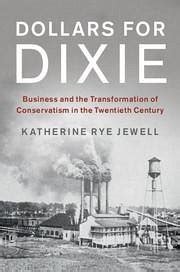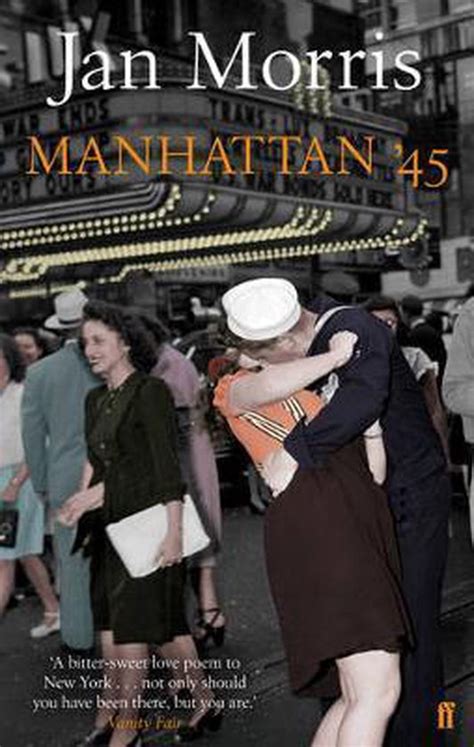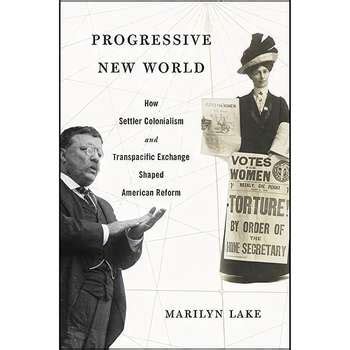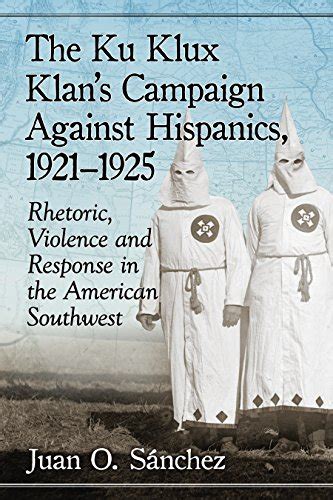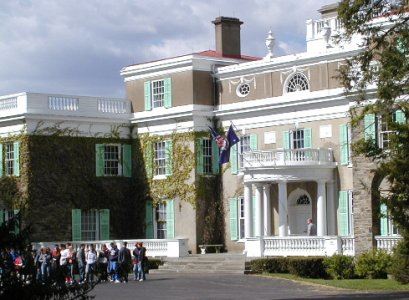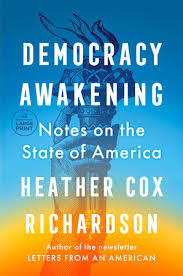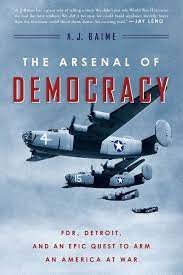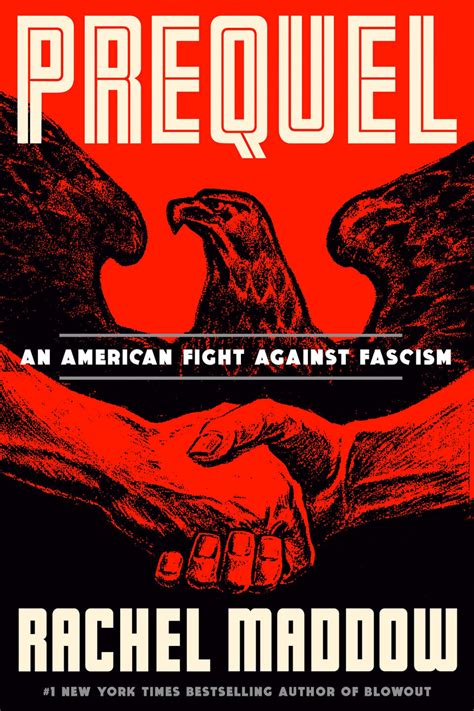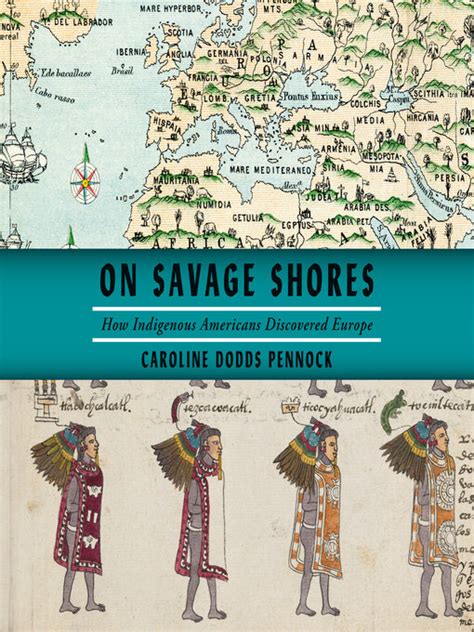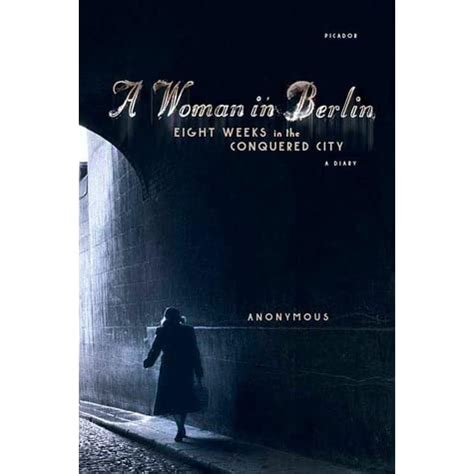Southern Industrialism, New Deal to Civil Rights
How the South organized and worked to become an industrial force is the focus of Katherine Rye Jewell’s Dollars for Dixie: Business and the Transformation of Conservatism in the Twentieth Century. An outgrowth of Jewell’s Boston University dissertation, this closely researched book is very interesting. Using the SSIC (Southern States Industrial Council) as a framework, Jewell traces evolving and shifting strategies on behalf of southern businesses. Politics and intentionality were critical factors in the transformation of the south’s economic profile.
Jewell, a professor of history at Fitchburg State University, begins the book by tracking the emergence of the SSIC in the shadow of the NRA. Neither fully on board nor opposed to the NRA, business rallied around the SSIC to position the south as a special market, different from the north and cities, committed to lower wages and high productivity. Textile firms made up the majority of the SSIC’s membership. Southern business leaders tended to portray themselves as civic leaders, committed to the health and well-being of their communities. It was very much business in the owner-proprietor mindset, not managerial capitalism. Furthermore, business leaders championed traditional regional values, which meant the perseverance of class, gender and race norms. Holding on to that status quo was central to the argument of maintaining southern “values” in a changing world.
The Wagner Act, accordingly, was viewed as a great threat by the SSIC. Organized labor could hardly be aligned with southern values. Voters democratic leanings in the New Deal made SSIC leadership’s commitment to conservatism clear. The response, for southern conservative Democrats has limited national power, was to advance the South as a bastion of free markets and free labor. This is part two of Dollars for Dixie.
The SSIC’s strategies included no minimum wage, linking agriculture to industry, and emphasizing southern exceptionalism. Defensive actions, all geared to preserve a class and race based economic system, kept the organization active through the end of the 1930s. During the war, decentralization of industry became a key focus. After the war, the South and the SSIC tried to position itself as a bulwark of democracy. Local control was the main message. The first political battle was against the FEPC (Fair Employment Practices Commission), which was castigated as meddlesome and intrusive. By the end of the 1940s, the SSIC’s brand of conservatism neither had a home in the national Democratic or Republican parties. Anticommunism was the path forward to garner influence and support, especially as the SSIC downplayed racial conflict. It was, after all, bad for business. The SSIC may have emphasized southern traditions, but in many ways it stressed the South’s alignment with national values. The book does not end with a hard date, but instead a soft landing in the widespread changes affecting the region in the latter half of the 1950s and 1960s. Big picture, as Jewell summarizes, the SSIC’s efforts did not stop federal interventions or competition from abroad, but did shape thinking and policy.
Dollars for Dixie teaches a great deal, from the study of business organizations to the interplay of local and national politics. It underscores the complexity of conservatism, which is best understood in context. The book further expands appreciation of the South, which was and remains far from monolithic. Jewell’s monograph also offers fascinating reminders, too, of the many arguments made over the years to keep wages low and power in place.
David Potash
